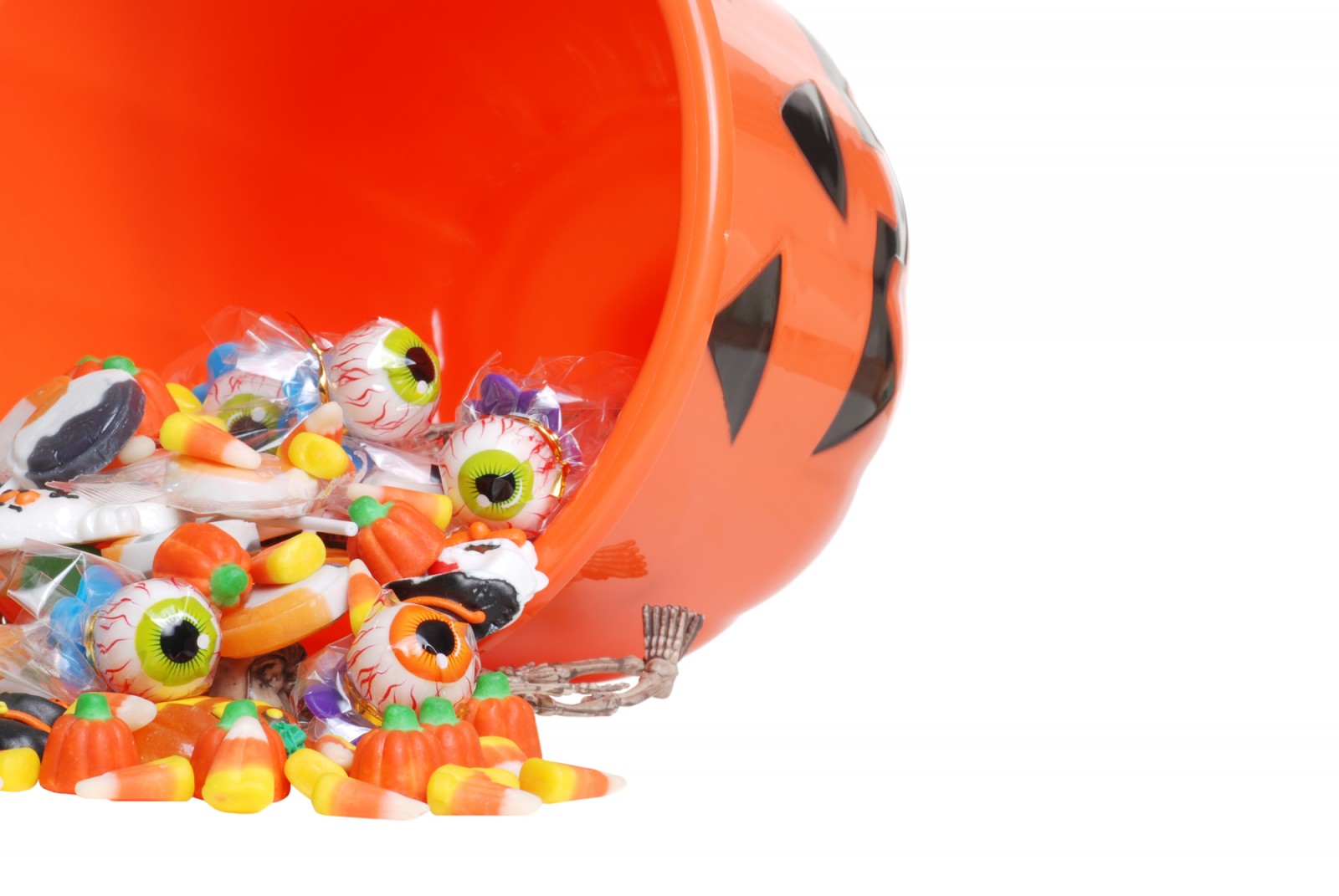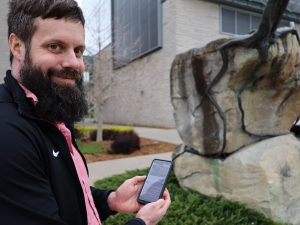Bags full of sweet treats your little ghosts and goblins bring home Saturday night might be scarier than the costumes themselves. Halloween is a fun night of trick or treating, but the sudden mountain of sugar can wreak havoc on children’s health.
Brock University has numerous experts specializing in nutrition, obesity and pediatric health issues who are weighing in on how to keep Halloween’s from getting out of hand for young kids.
Andrea Josse, Assistant Professor, Department of Kinesiology and the mother of a soon-to-be three-year-old, said Halloween is a time of indulgence that needs to be managed.
“It’s not about taking away everything just because it’s not healthy. It’s about letting kids enjoy this fun time once a year. The fact is, kids do eat a lot of things that aren’t healthy, so it is a good idea to use Halloween to engage in discussions with your kids about healthy vs. unhealthy eating,” she says.
Kimberley Zonneveld, Assistant Professor, Centre for Applied Disability Studies agrees.
“Halloween provides an ideal opportunity for parents to talk to their kids about food,” says Zonneveld, whose research focuses on the food choices of young children.
Josse says in general, having a relaxed attitude would be a good way to go by “not withholding everything from the child, but putting some guidelines and some rules in place about not overindulging.”
After having the parents go through the candy to make sure it’s safe, Josse recommends parents space out candy consumption. “A few pieces every so often,” she says. “The reigns can be pulled back a lot more while still keeping it a positive experience when parents are involved.”
Zonneveld recommends parents decide how much candy they’re comfortable allowing their kids to eat each day and then setting ground rules before the kids head out the door to trick or treat.
“Sometimes children think just because they collected all of the Halloween treats they should be able to eat it whenever they want. Tell your children the bag of candy will remain in your ‘custody’ and that together, you’ll pick a time each day where you go through and pick out the candy for the day,” Zonneveld says.
“With proper planning ahead, parents can mitigate the tantrums that often come when they try to restrict the number of Halloween treats their children are allowed to eat in a given sitting,” she says.
While controlling the candy consumption volume is important, Jennifer Dekker a second-year Masters student in the Faculty of Applied Health Sciences says some basic exercise can help offset the impact of all the candy.
“Don’t drive your kids door-to-door to go trick-or-treating,” says Dekker, who is researching bone health in young children. “If they’re going to eat a lot of candy, exercising even a small amount is going to help.”
She recommends using the walk around the neighbourhood for Halloween as a kickstart for making exercise part of the daily routine.
“If they can walk around to trick or treat, why can’t they take a walk every night with their parents. Just starting something as simple as 10 minutes of walking every day in people who were previously sedentary has positive health benefits.”









